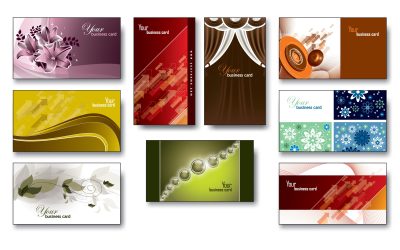In a fashion show in Indonesia, Islamic clothes came to the forefront. Indeed, there has been what some would call a Renaissance in Islamic clothing design. Islamic apparel is changing to move with the times. Yet, this does not mean it is abandoning Islamic principles. It merely indicates the ability of designers to create clothing that conforms to Islam but is indicative of technological advances as well as current interpretations of cultural prerogatives.
Changing Styles
Fashion has always reflected the changing nature of style prerogatives. Sometimes the approach is based on the seasonal variations. Designers also embrace the current definition of style, chic and fashionable. Those who are currently creating the latest Islamic clothes are combining these essential elements with the desires of many modern women, men and children to continue to follow in the steps of Islam.
The result has been an adaptation of Islamic clothes. The men’s sherwani or thobe has become practical. Natural fibers combine with modern materials to create a comfortable garment. For women, skirts and abayas have become more colorful and personalized. The fabrics range from simple cotton to denim.
Abayas are flared, multi-tiered and draped. They may have Empire waist lines, be ruched, layered or back tied. They are varied and designed according to their purpose. Women have clothing for their stays at home. They can wear upscale designs to fancy functions or public events. They also have work clothing. Yet, although elegant, stylish and even chic, they remain modest.
Children’s styles also reflect the change. While you can still purchase traditional Islamic clothes, those with a more modern lean can find an astounding array for both boys and girls. As is the case with both readymade and designer Islamic clothes, they strive to retain Islamic principles.
Online Solutions
Technology has also contributed to this change in Islamic clothes. By going online, you can view and purchase the very best.



